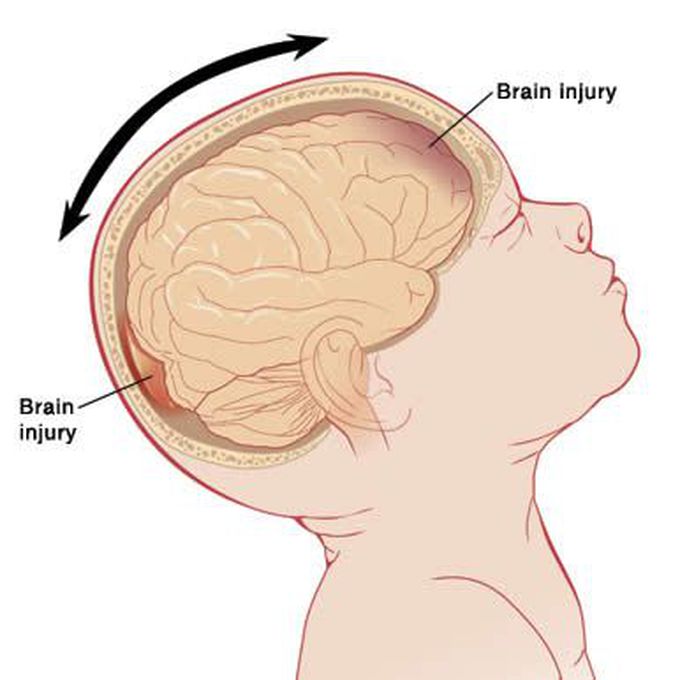


Shaken Baby Syndrome (SBS)
The so-called shaken newborn syndrome has long been diagnosed as a triad of subdural haemorrhage, retinal haemorrhage, and hypoxaemic encephalopathy (SBS). The so-called 'unified theory' by Geddes and colleagues has recently challenged the conventional triad, with consequent consequences in court judgments in suspected SBS instances. SBS is a difficult and sensitive condition to diagnose. The existence of the traditional trio does not always or always imply a diagnosis of nonaccidental head injury or an inference of illegal killing. Medical factors, police investigation components, and forensic and crime scene elements must all be considered when diagnosing (deliberate) SBS. Physicians, particularly those working at the medicolegal interface (such as emergency physicians), should realise that medical observations may play a pivotal role in the diagnosis of SBS.

